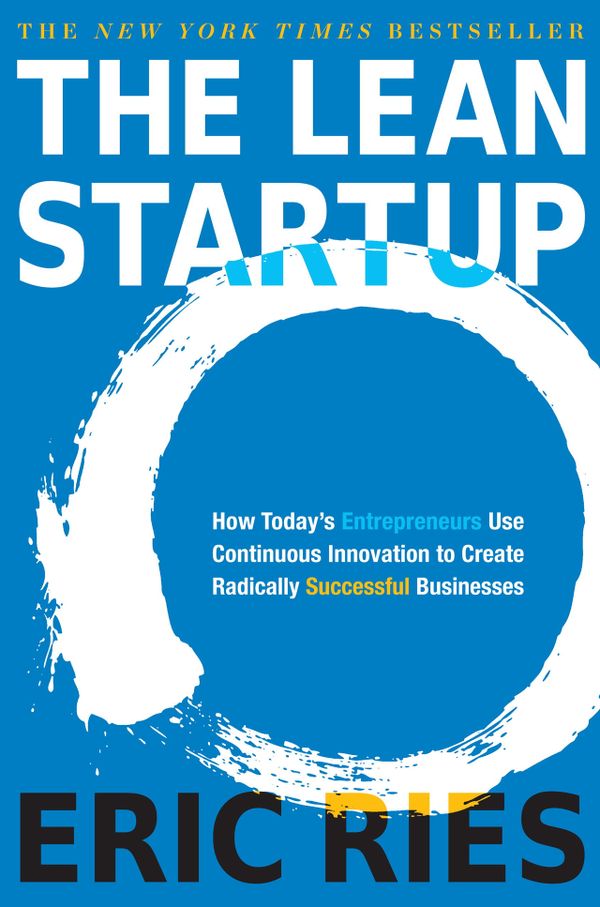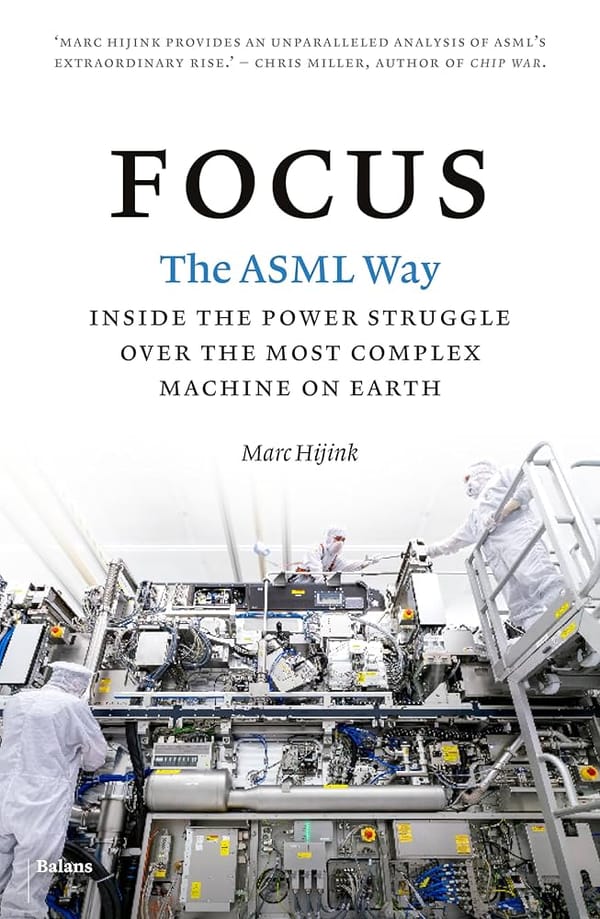The Lean Startup, by Eric Ries (2011)
Pages: 292,
Final verdict: Should-read
The book that laid down the framework for today's startup culture.
Being one of the most famous books for entrepreneurs, what exactly turned Eric Ries' ideas into a worldwide phenomenon with followers all around the world? The Lean Startup tells the story of Eric Ries' successes and failures as an entrepreneur and how he developed a model for managing innovation, based on the principles of lean manufacturing and the Toyota Production System.
What are our assumptions about the value proposition?
Eric Ries starts by defining what a startup is: an institution built to create a new product or service in conditions of extreme uncertainty.
In the beginning of the book Eric Ries writes about one of the products launched by his company IMVU. They were fearful of launching a bad product and spent countless hours refining its features. When it came to the time of launching the product, it was a complete commercial failure. It turned out that no customer was willing to pay for those features. This brings us of one the most important lessons of the book: always test your assumptions about everything.
Erics Ries proposes a model in which the progress of a Startup should be measured in terms of knowledge gained. Called validated learning, this Lean Startup method approaches Startups as a continuous experiment to validate assumptions.
The Lean Startup Principles:
- Entrepreneurs are everywhere
- Entrepreneurship is Management
- Validated learning
- Build-Measure-Learn
- Innovation accounting
The best way to test an assumption is called a MVP - Minimum Viable Product, which was also popularized by the renown author Steve Blank. Create the simplest product possible, which allows you to test your assumptions about the business.
As an example Eric Ries introduces the case of Dropbox, which launched a demo video and let users sign up for the waiting list, even before building the service. By getting many thousands of users to sign up to test Dropbox, they validated that it would be worth developing such an application. (Dropbox is worth around $10 billion today!)
Accelerate Build-Measure-Learn
The Lean Startup methodology is based on clearly measuring the success of each of your product's features. For this to work, we are advised to divide customers into several groups, presenting them different features, in order to know which innovations are driving the growth of our sales. The same notion is behind A/B testing, a technique heavily used in web development.
"The only way to win is to learn faster than anyone else." - Eric Ries, The Lean Startup
We learn about three things to consider when building effective reports:
Actionable - the report should demonstrate cause and effect relationships. (What did cause that increase in sales?)
Accessible - the report should be easy to understand and available for everyone. (What does it mean to loose customers?)
Auditable - it should be possible to proof the certainty of the report. ("My project is going well, your report is wrong!" situations should not happen.)
Another concept described in the book is the 5-Whys questioning technique. By asking "Why did a certain problem occur?" we might get a superficial answer ("The machine broke down") which does not point to the root cause of the problem ("Someone forgot to fix the machine). Hence, we should further ask "why" until we get to understand all what has led to this problem. This technique is attributed to Sakichi Toyoda, founder of Toyota and a variant is used by Ricardo Semler as seen on the video accompanying the review of Maverick.
One of my favourite parts is the two rules presented by Eric Ries for a successful implementation of the 5-Whys technique:
- Be tolerant with all mistakes for the first time.
- Never let a mistake repeat itself.
In the end, all these techniques should be implemented with the aim of accelerating the speed at which the company learns by building and testing ideas.
Bottom line
The Lean Startup describes a great methodology for managing startups and should be read by all want-to-be entrepreneurs. From my experience, the methods described in the book are very well spread through the technology sector, they will not present any novelty for an experienced IT professional.
It would have been good if Eric Ries would have gone deeper into some of the topics. Reading the book was sometimes hard due to the constant repetition of the same ideas.
Nonetheless, I recommend reading it even to all those who are familiar with lean management. During my Industrial Engineering and Management studies, I had already studied many of the methods described in The Lean Startup, as Eric Ries got those ideas from the techniques of lean manufacturing, but reading this book gave me an overview on how to apply it to managing a startup.
Moreover, the underlying principle of iterating fast and measuring success can be applied anywhere. As Eric Ries puts it: "entpreneurs are everywhere" and everyone can learn from The Lean Startup.
Further Learning:
- Startup Lessons Learned blog, Eric Ries' blog which led to The Lean Startup
- The Lean Startup homepage
- Eric Ries and The Lean Startup on Twitter
- The Four Steps To The Epiphany, book by Steve Blank which inspired Eric Ries
- Learn about Lean Manufacturing, the base for the Lean Startup methodology



